by Dr. Anand Titus and Geeta N. Pereira
Indian Coffee is grown in one of the most sensitive hotspots of the world, called the WESTERN GHATS, which is a treasure house for flora, fauna and biodiversity. Plantations in India are traditional shade grown coffees, grown naturally, inside a canopy of wild and introduced trees. While growers are environmentally conscious at every step of cultivation, they are also doing a world of good both socially and economically to millions of farmers and allied households. The important point here is that the Plantations constantly evolve.
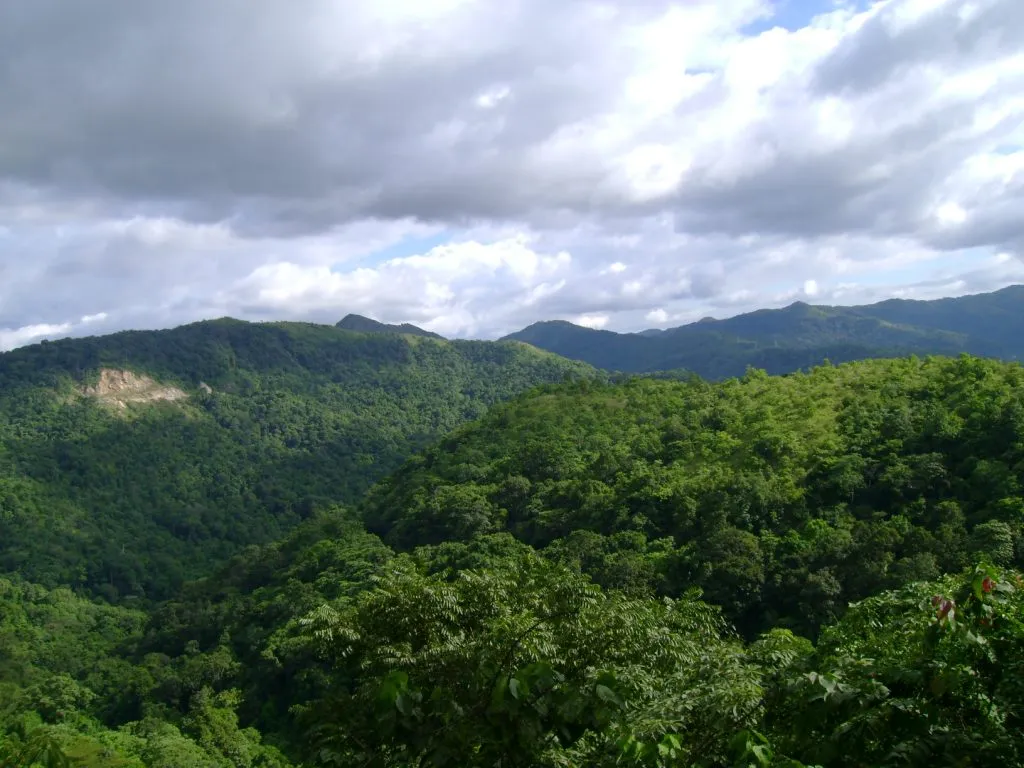
Basically, Indian Coffee Plantations grow shade grown coffee under the canopy of a three-tier shade system. A lot of care is taken in selecting the trees to be introduced. The primary shade or the lower shade is taken care of by nitrogen fixing Erythrina indica or by Glyrecedia maculata. These enrich the soil by harvesting atmospheric nitrogen and in turn give it to the coffee plant and other mixed crops like pepper, vanilla, citrus, cardamom and areca nut.
The secondary shade is that of trees like silver oak, white and red cedar that shed their leaves in the monsoon season and put forth a rich canopy during the summer. These trees are specifically selected because they act like factories providing tremendous biomass and thereby keeping the soil temperatures low and preventing runoff of precious top soil during the monsoon.
Lastly, the tertiary shade is of the hardwood species, which attract rain-bearing clouds. This three tier shade system, aids in filtering the harmful U.V. radiation. Furthermore, the filtered sunlight enables the sugars in the coffee bean to caramelize uniformly and give it a unique taste of nature in the cupping quality.
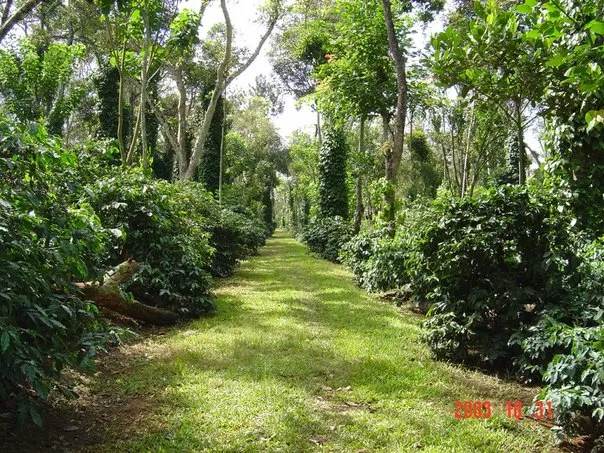
The challenge now,before shade grown eco friendly coffee farmers in India is to use its natural forest cover at increasing levels of productivity and in a sustainable manner with the use of intelligent technological choices and also by implementing the National resource system.
We are trying to help all coffee growing countries to dwell on a global partnership to integrate the economics of ecosystems into national accounting systems so that the true value of coffee forests is measured, not only for the value of coffee as a single commodity but also for the economic value coffee forests possess in terms of direct values and indirect values.
This initiative stems from the fact that coffee forests are subjected to an alarming loss of biological diversity due to the lack of proper valuation of the coffee landscape and the numerous services it provides.
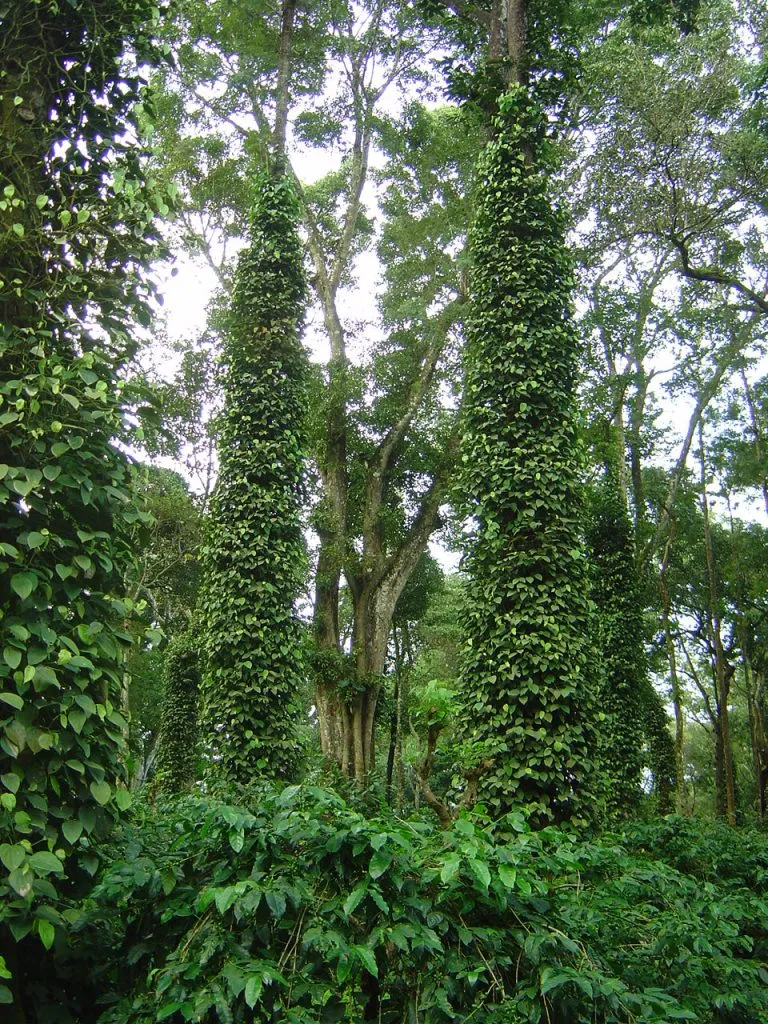
We also need to realize that life cannot be sustained anywhere in the world without maintaining a fine ecological balance. Development must be environmentally sound and sustainable, without any constraints to quality of life.
Shade grown coffee brings about the maintenance of environmental stability through preservation, and when necessary, restoration of the ecological balance, that has been adversely disturbed by global warming. The costs of conserving biological diversity are paid disproportionately by the people who live closest to the forests. It is indeed an irony that coffee farmers who live amidst the greatest biological wealth tend to be the poorest of the poor.
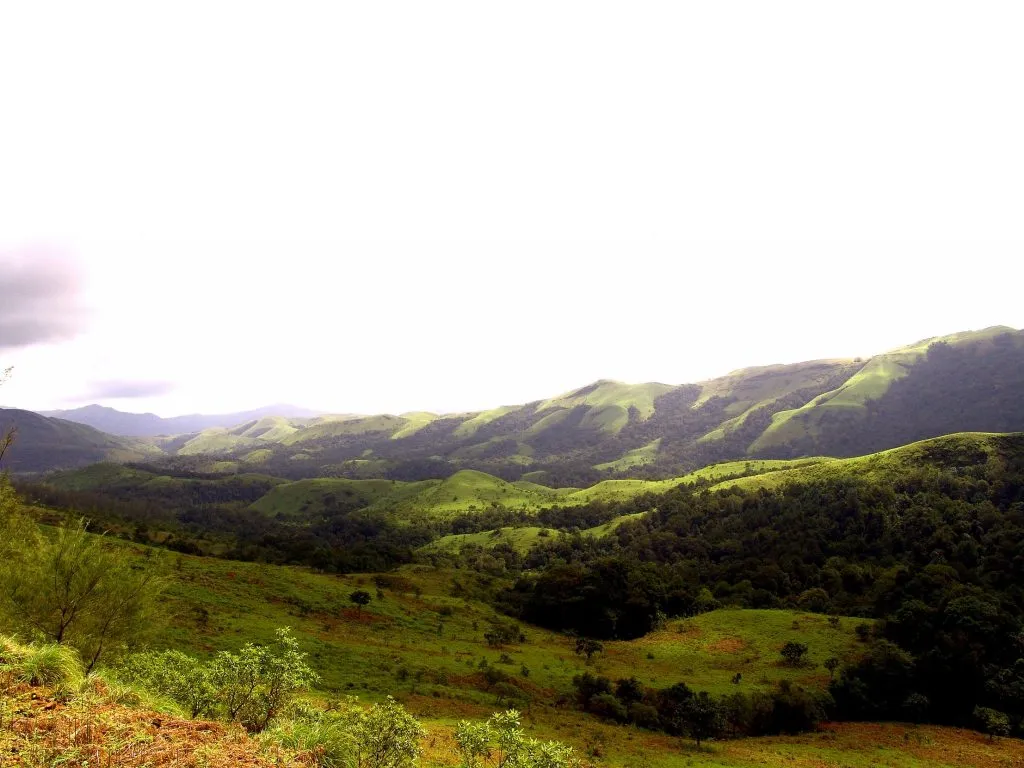
In simple terms we are trying to help coffee farmers realize a better price for their coffees for being guardians of nature by asking the Ministry of Commerce to award a landscape label that identifies the numerous ecosystem services produced from the coffee landscape.
To date the Government has remained silent on the recognition of coffee forest ecosystems. The valuation of resources inside coffee forests and their integration into the green gross domestic product will lead to better management of the entire coffee ecosystem. To begin with, the coffee board should quantify the coffee ecosystem and the numerous services in terms of direct income from coffee and the asset values of the coffee forests.
These evaluations should be specific to each state that cultivates coffee and should be based on agro climatic regions. The data complied should then be passed on to a central data base to incorporate these values into policies on wealth and economic growth. Since, coffee as a commodity comes under the purview of the Ministry of Commerce; the Ministry can evolve guidelines for implementation of the valuations and fix a set of premiums. The need of the hour is to devise a system of incentives because shade grown coffee grows in harmony with nature and with minimum impact on the natural resources.
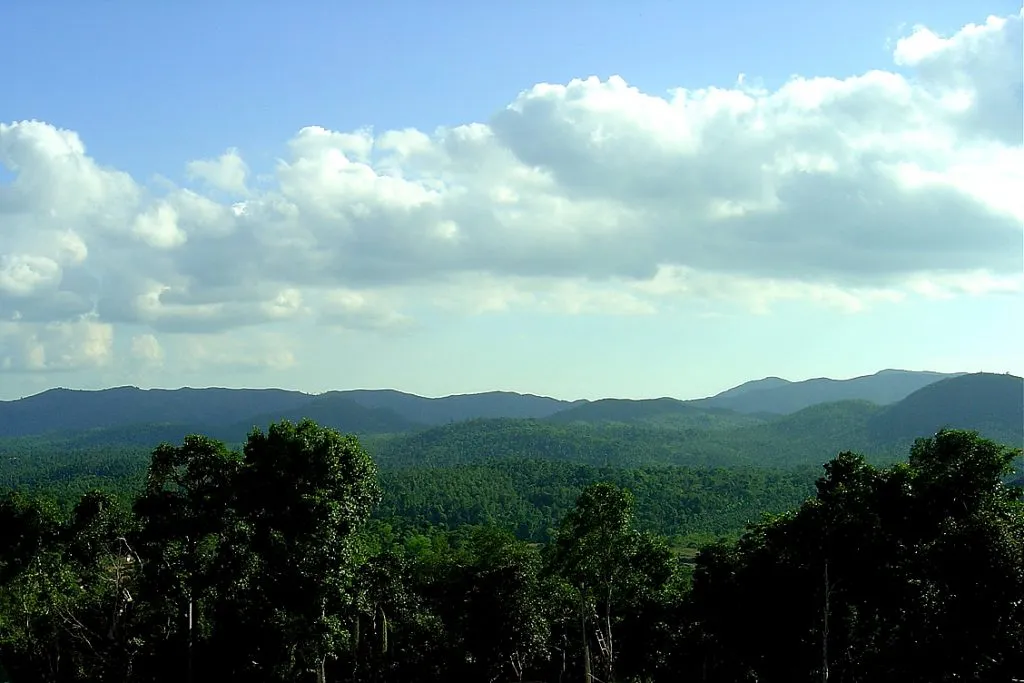
There is overwhelming evidence that suggests that the aggregate environmental resources are currently being depleted inside coffee forests both in quality and quantity or in both because a vast majority of the coffee farmers are in dire straits for no fault of theirs. The development impact of climate change has brought about unprecedented troubles to the growing industry.
Impact of climate change has brought about a breakdown of agricultural systems due to erratic rainfall and more frequent incidence of droughts and floods, resulting in destruction of livelihood opportunities for both small and marginal growers. Global climate change has also resulted in high pest and disease incidence and untimely rains during the harvesting season has lowered the quality of harvested coffee beans, drastically reducing the prices.
The coffee farmers are in debt and these accumulated factors are taking a severe toll on coffee forests. Forests are fast vanishing. Extensive and unabated deforestation, is taking place across the length and breadth of the Coffee zones in order to repay debts and protect livelihoods.
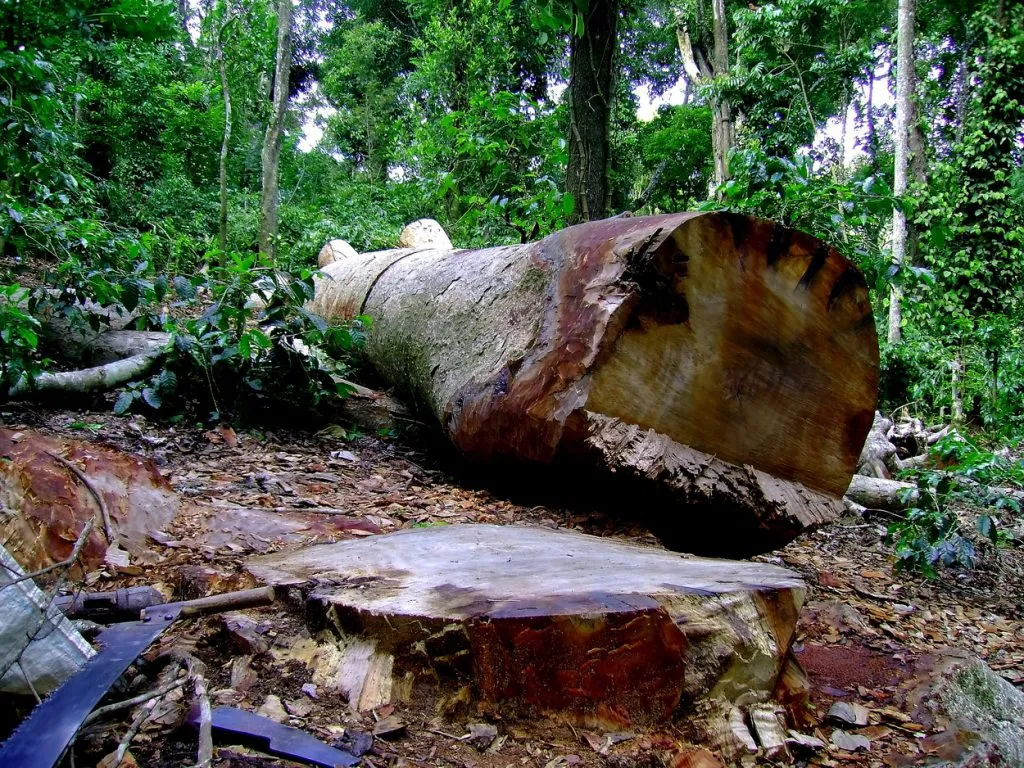
There is no denying the fact that during the past two decades, there has been increased damage to Coffee forests and other wildlife havens by man. The forests are in a state of crisis never seen by humankind. Much of the damage that has been done will not be easily undone.
This exploitation has brought benefits to a select group of people, especially those living in the developed world. India today is the poorest in the world as per capita forest land is concerned. The per capita forest land in India is 0.10 hectares compared to the world average of one hectare. (Canada=14.2 ha, Australia 7.6ha, U.S.A 7.3 ha). Indian forests are prized for their varied forms in terms of wildlife, herbs, shrubs, medicinal trees etc. Yet India is losing about 1.5 million hectares of forest cover each year and in 20 years the value of our forests will be ” ZERO FOREST VALUE “.
How then do we achieve that fine balance between industrial development and environmental protection?

Importance of forests as Natural Capital:
Forests play an important role in enhancing the ability of environment by influencing the life supporting systems. Forests play a role not only in the social and economic well being of the society but also in the maintenance of the ecological balance. Forests provide us with livestock and wild varieties of plants, some of which have been domesticated to support our staple food. It also provides us with rivers, ores, metals, medicines, including the very oxygen we breathe.
This article is so very different from the rest of our earlier articles. It is primarily written to stimulate the imagination of Policy makers, Bureaucrats, Ministers, the Public, students, teachers and Professors to think and rethink on the state of our forest wealth and put in place an indicator to measure environmental stress. We call this indicator as “Clean safe environment”.
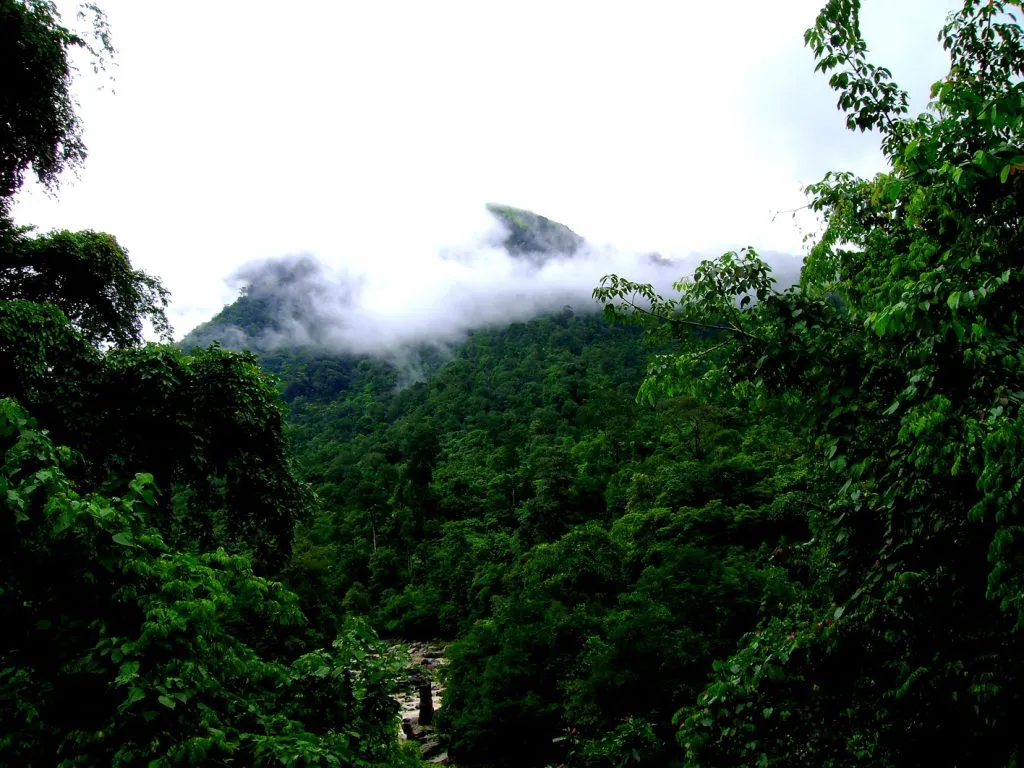
Environmental degradation associated with economic development is the order of the day. The deterioration in the quality of air, land and water and the loss of precious wildlife and plant species are some of the costs of this development. As guardians of nature we do not question development.
The central issue is the need to determine the costs of environment damage and work out a system for recovering the expenses for repairing the damage from the concerned Industry or households. The index will reflect the pollution and environmental harm and make the polluting party pay for the cleanup. Policy makers have to realize that conservation and sustainable utilization of forest wealth has to be central to all development planning in India.
Development at the cost of environment can take place only up to a point. Development of a National resource accounting system needs to be put in place so that any degradation or depletion of our national resource stocks can get adequately reflected in our National Accounts. It will tell us whether it is not being obtained today at the cost of discounting our future.
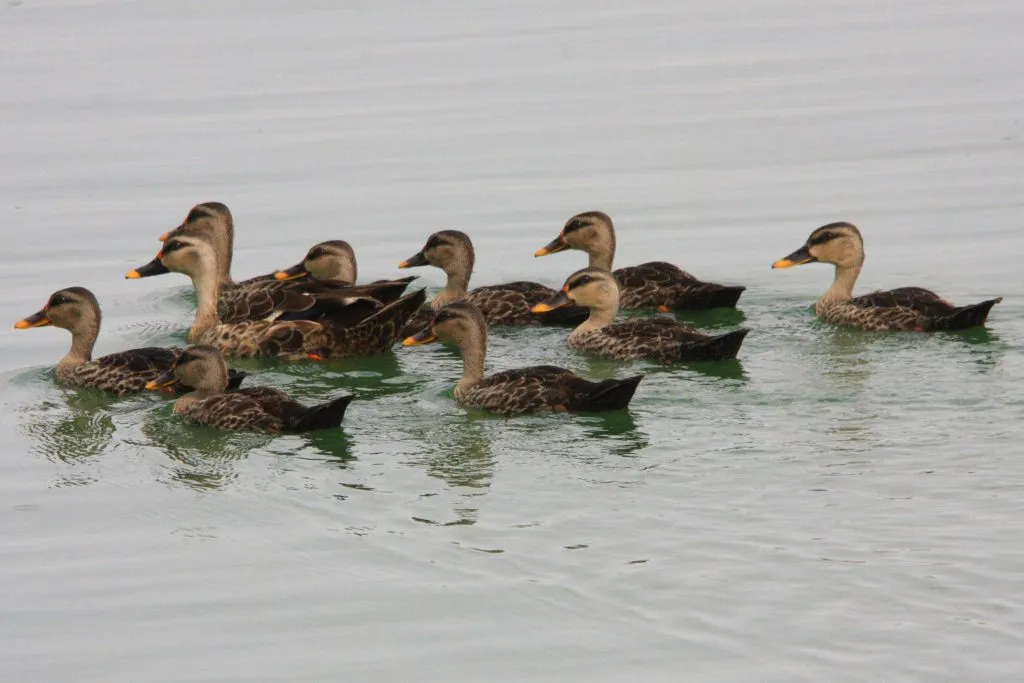
This article contains our thoughts, opinion and views to drive debate and discussion in schools, colleges, Parliament, Board rooms, and households on the need to have a healthy habitable planet. Any type of development should relate to a balanced development taking into account the well being of all living beings and not only human beings.
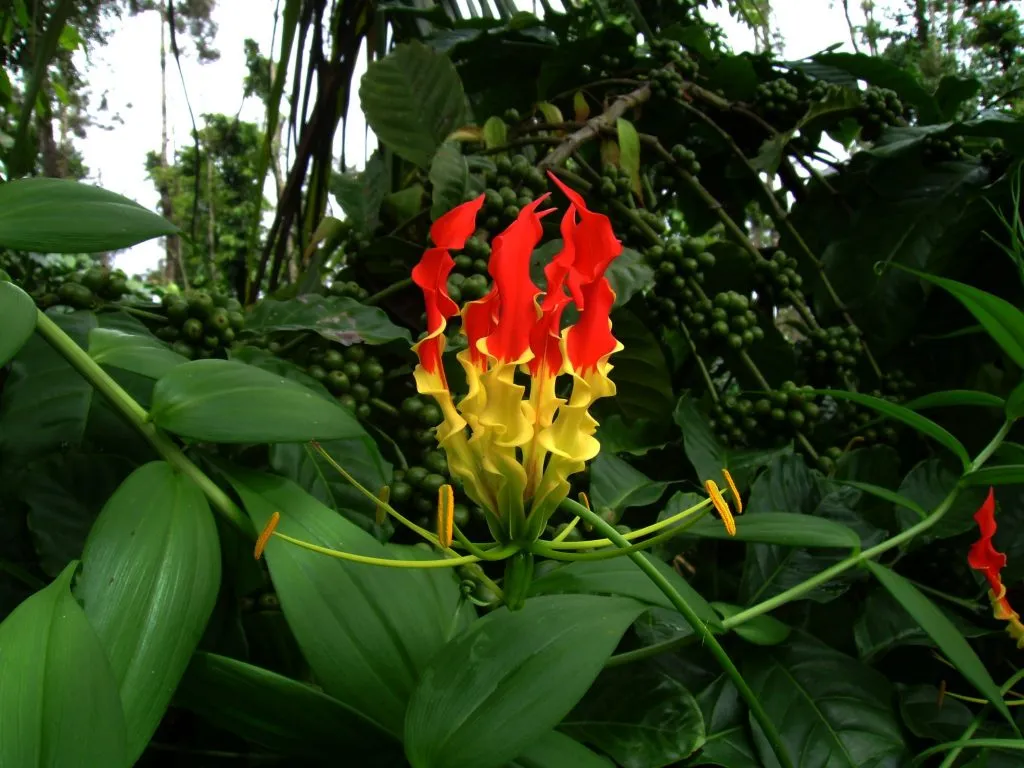
Coffee forests provide multiplicity of environmental benefits to the economy. Coffee forests are not only contributes coffee which is the main commercial crop, but the forest provides timber, fuel wood, non timber forest products with market values. Since most of the intangible benefits are not normally bought and sold at market prices, they are not measured by conventional economic accounts.
Even though coffee is the main source of revenue generation, we are optimistic that in the coming year’s carbon trading and carbon sequestration will generate substantial incomes to offset the cost of coffee production. To date, coffee farmers are making a decent living because of the multi crops like pepper, vanilla, areca nut, cardamom and citrus which are intercropped with coffee.
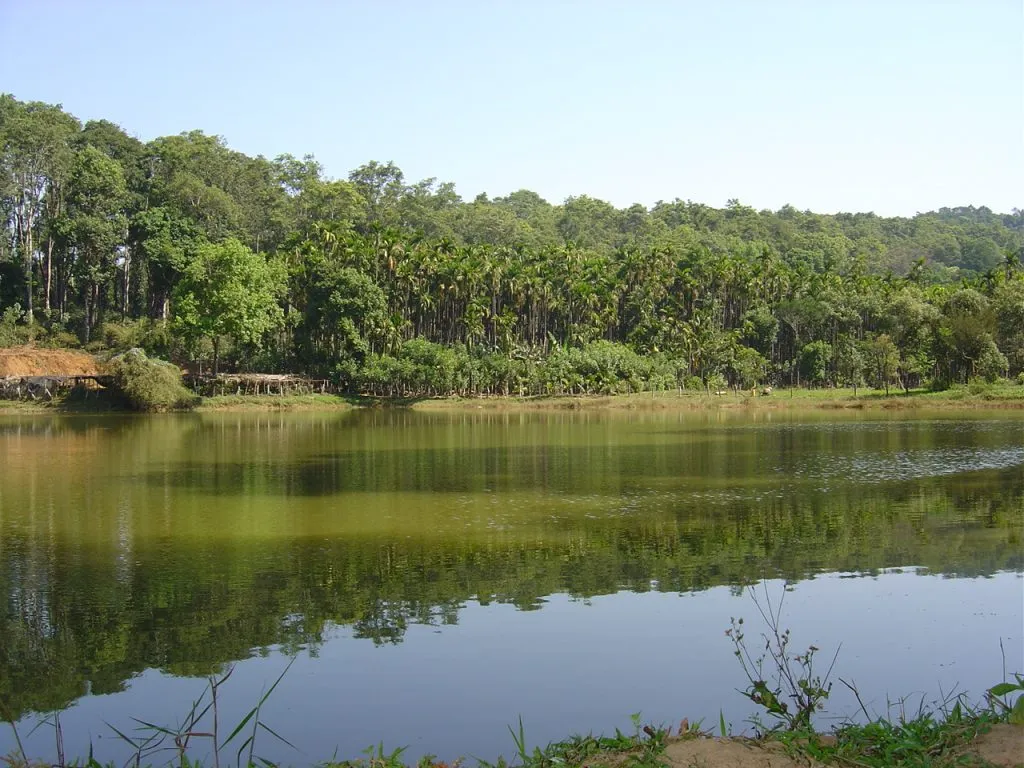
INTANGIBLE BENEFITS OF COFFEE FORESTS:
- Coffee forests provide for oxygen and act as a vast reservoir of carbon store, carbon sequestration, and soil carbon pool.
- Greening India’s barren lands into productive ecosystems
- Irrigation tanks also act as recreation centers for boating, fishing, swimming etc.
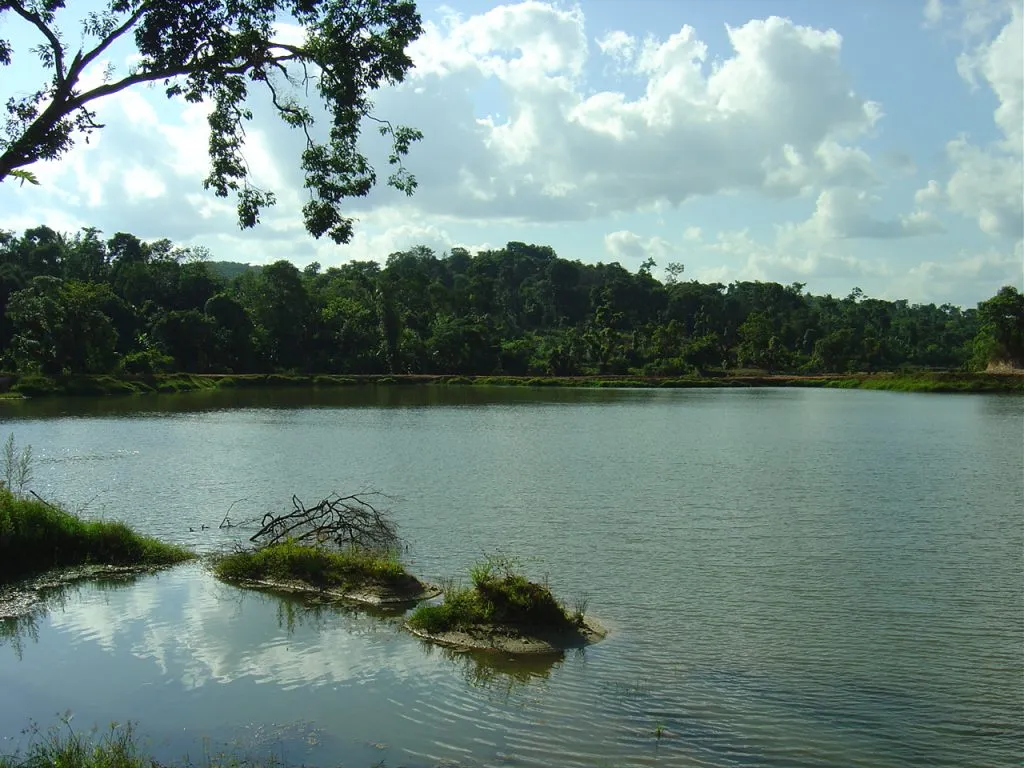
- The scenic surroundings amidst nature acts as a spot for ecotourism
- Recharging of ground water and the watershed value
- Coffee forests serve as wildlife habitats and act as corridors for wildlife migration.
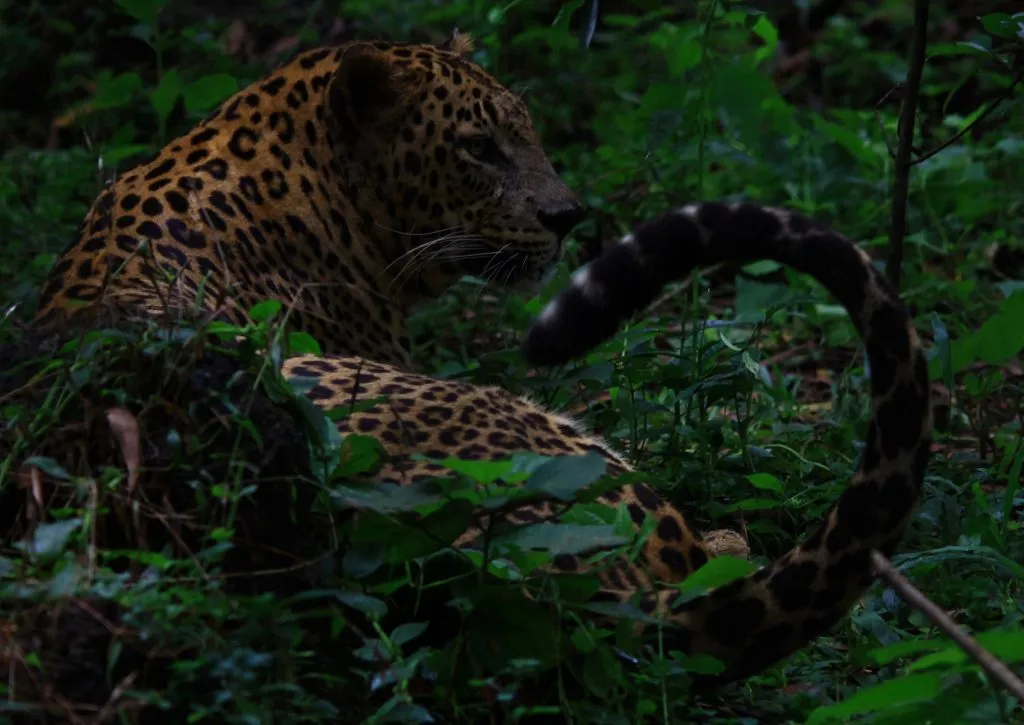


- Safeguarding millions of tons of precious top soil, soil and water conservation.
- Recharging mountain aquifers and giving birth to giant rivers like Cauvery, Hemavathi, and Badra.
- Safeguarding against floods and drought.
- Coffee forests serve as repositories of biodiversity.
- Regulate the earth’s temperature regimes.
ROLE OF COFFEE FORESTS
A: WATER
Coffee forests are responsible for the birth of many rivers. E.g. River Cauvery, Hemavathi, Nethravathi, Badra etc. It is a fact that most of these river waters are diverted to far off industrial cities or mega cities for drinking purposes, irrigation and for use in industry. However, the capital value of a hectare of coffee forests in terms of its water conservation services has yet to be estimated. It remains a moot question as to who should pay the true costs of forests use- The city dwellers that make use of the precious water conserved by the farmers or the very farmer who protects the fragile coffee forests.
Suppose forests are cut then precious top soil will silt the dams reducing the storage capacity of dams which in turn will affect the supply of water to distant towns and cities.
We request the Government to create a specific fund and levy a water tax from all stakeholders for every litre of water that gets into the dam and this money can be pumped back to the system from where the rivers originate, there by benefitting the very people at the heart of protecting nature’s resources. This sort of economic incentive will have a long term positive effect on the entire coffee ecosystem.
B: CARBON TRADING:
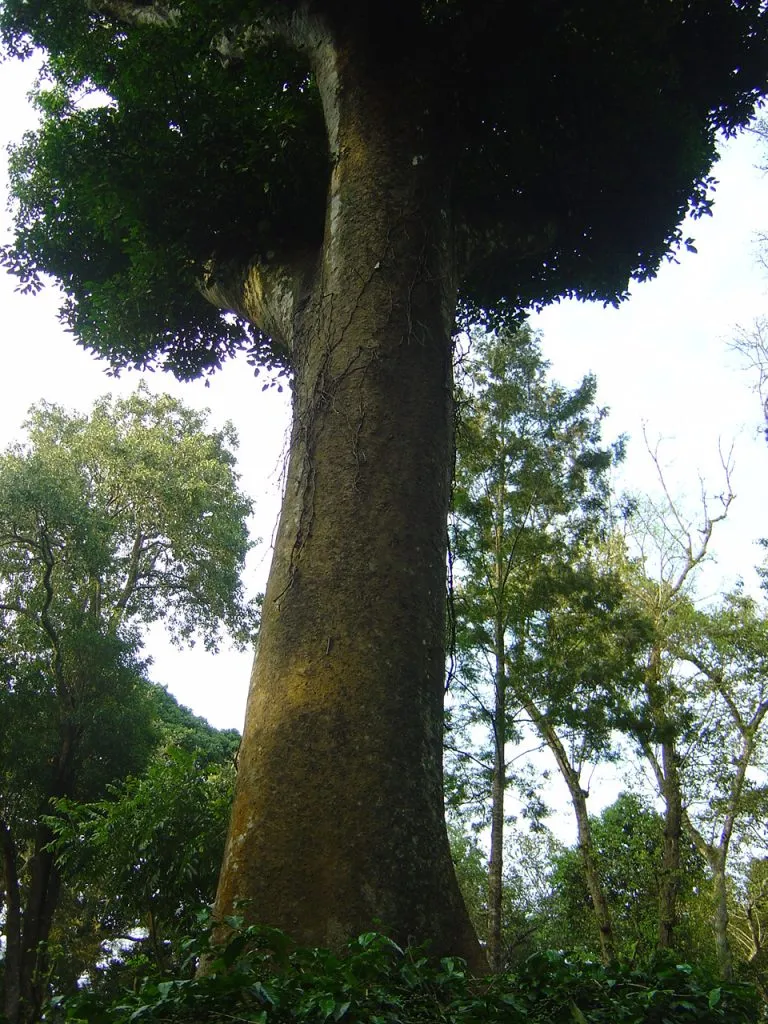
Coffee forests are home to a heterogeneous tree population. A hectare of coffee can easily accommodate around two hundred to two hundred and fifty trees with differential root system. The hardwood species are known to have a very deep root system that penetrates almost six to ten meters deep into the soil. In addition every hectare of coffee soil is covered with layers of biomass teeming with millions of beneficial microbes. As such the coffee habitat provides for an ideal place for microbes to fix carbon and reduce greenhouse gases. To date, shade grown ecofriendly coffee forests have not been included or reflect the vital carbon storage services that forests provide.
It is an established norm that those Countries which emit excessive green house gases into the atmosphere, namely Developed Countries, expect others to grow and keep forests to absorb the carbon dioxide. Then why cannot we ask the Commerce Ministry to estimate how much carbon dioxide the coffee forests absorb and how much carbon dioxide each State puts into the air. From this balance sheet, it is possible to auction the total available absorption capacity to those who are putting the carbon dioxide into the air and those who are providing the forest can collect that money through a specially created fund. In doing so, it will provide a reasonable level of income to all coffee growers and also an incentive to safeguard nature.
C: CONVERSION OF WASTE LANDS INTO FORESTS:
Shade grown ecofriendly Indian coffee is sensitive to direct sunlight. As such a canopy of trees is a must to cultivate coffee. Marginal lands or grasslands are slowly and steadily converted to bio-rich coffee plantations by first growing a cover crop of legumes like Sesbania and Dhaincha, followed by growing millions of trees, which acts as shade for wildlife and birds. Every Plantation acts as a wildlife sanctuary. Rare species of birds and a multitude of migratory birds often nest inside the coffee plantations. More importantly, trees act as a reservoir for carbon sink.
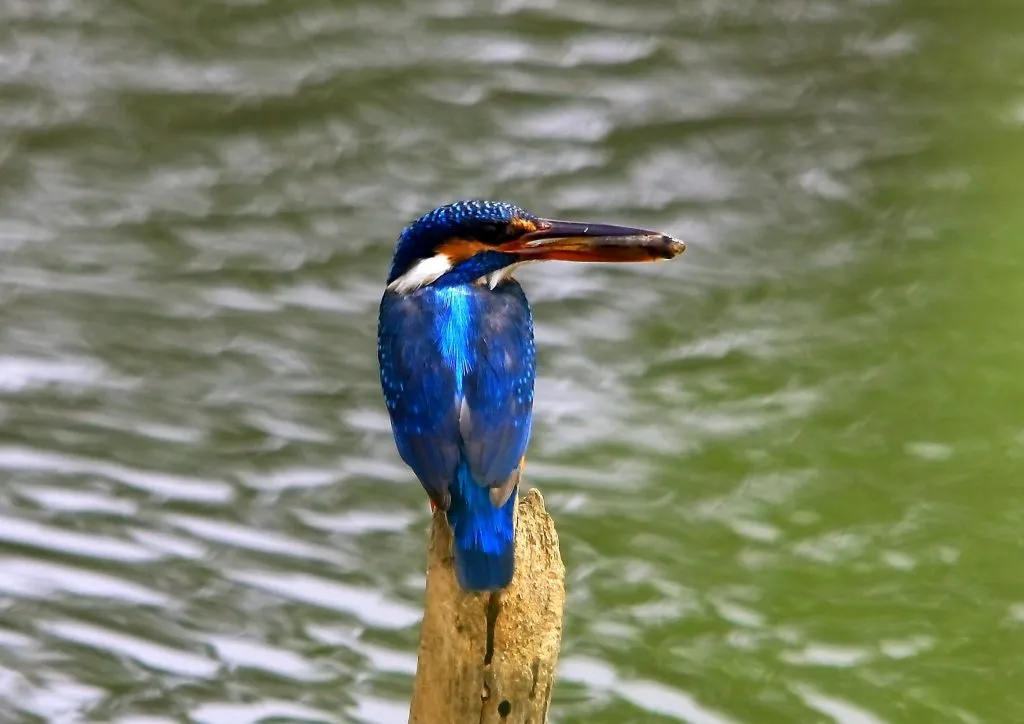
We propose that economists and environmentalists sit across a table and evaluate the various ecosystem services provided from the coffee landscape and find acceptance values for various environmental services. We suggest that the growers responsible for conserving and managing coffee forests should earn economic benefits from the conservation of ecological functions.
What is Green?
Green means many things to many people. The UN Brundtland Commission defines GREEN as meeting the needs of the present without compromising the ability of future generations to meet their own needs.
Forest wealth, contributes significantly to long term economic performance and therefore should be considered as an economic asset. Forests are not only a source of timber, fuel wood, but also markedly influences local and regional climate, preserves soil from erosion, mangroves prevent flooding and trees act as stores of carbon and biodiversity. In the developing world some 75 per cent of all medicinal drugs are from forest plants. Wild honey bee populations play a key role in cross pollination of crops, so as to keep the gene pool active.
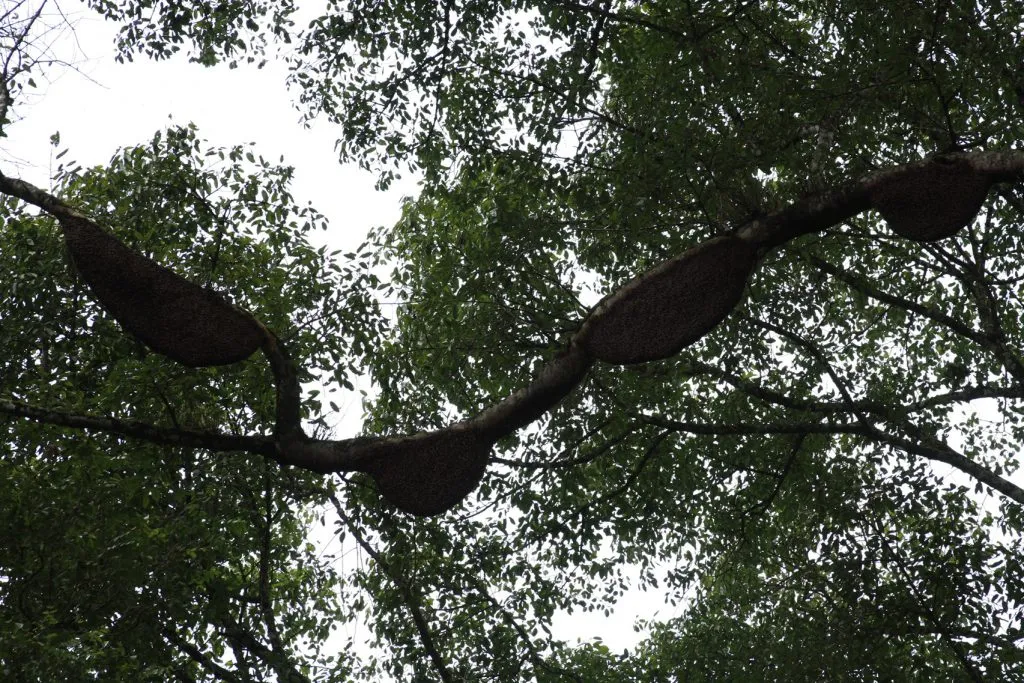
How do you value a tree?
- A single large tree can release up to 400 gallons of water into the atmosphere each day.
- One acre of trees produces enough oxygen for 18 people every day.
- One acre of trees absorbs enough carbon dioxide per year to match that emitted by driving a car 26,000 miles.
- Urban neighborhoods with mature trees can be up to 5 degrees cooler in summer heat than neighborhoods without trees.
- A one degree rise in temperature equals a 2 % increase in peak electricity consumption
- Large trees remove 60 to 70 times more pollution than small trees.
- The root system inside the floor of the forest can act as an aqua guard in purifying water from chemicals and impurities
GREEN AUDIT
Green audit is an indicator that demonstrates the quality of an improved lifestyle. It monitors the basic necessities of common people and periodically assesses the quality of air that we breathe and the quality of water that we drink.
The imbalance between implementing economically beneficial industrial projects and preserving fragile environment will be set right with green accounting norms, only when we reflect the use of depletable natural resources in the process of generating per capita income.
GREEN ACCOUNTING – HOW IT WILL HELP COFFEE FARMERS?
- Firstly, it will raise awareness, both globally and within the Country about the way we grow coffee in an ecofriendly manner. The Coffee produced will be accorded a green label by the Ministry of Commerce.
- Environmental and social costing can help farmers/growers reflect the true cost of growing the produce.
- Consumers in the long run will be ready to pay more for the produce because it is grown in an ecofriendly manner.
- The Ministry of Commerce will set up environmental accounting standards and provide for tax breaks for environmental helpful practices.
- Creation of a strategic environmental fund to plough back the proceeds to growers who maintain a sustainable and stable ecosystem.
CONCLUSION
Many valuable ecosystem services that are a part of the coffee ecosystem are yet to receive the attention they deserve. Today, Governments in their quest of going green are increasingly recognizing the value of the wide range of services the coffee forest ecosystem provides.
Humanity would be living clearly beyond its means without forests. The forests are important not only for this generation but also for future generations. One in every seven persons on this planet lives in India. Roughly 16 per cent of the world’s population is present in India and with only 2.4 % of its land area there is obviously a heavy pressure on the natural resources including forests. Historically, the protection of forest wealth formed an ardent article of faith reflected in the daily lives of people.
Development must be environmentally sound and sustainable without any constraints to quality of life. As of now, we know of no country which tries to account for environmental resource changes in its national income accounting. May be India can take the lead and demonstrate to the rest of the world that National resource accounting is the bench mark in measuring the Gross domestic product of any Country.
This system of green accounting will bring about accountability and transparency in public policies. It will tell us how much the Country borrows from Nature, how much this generation borrows from future generations and how a few people in the corridors of power make economically meaningful decisions.
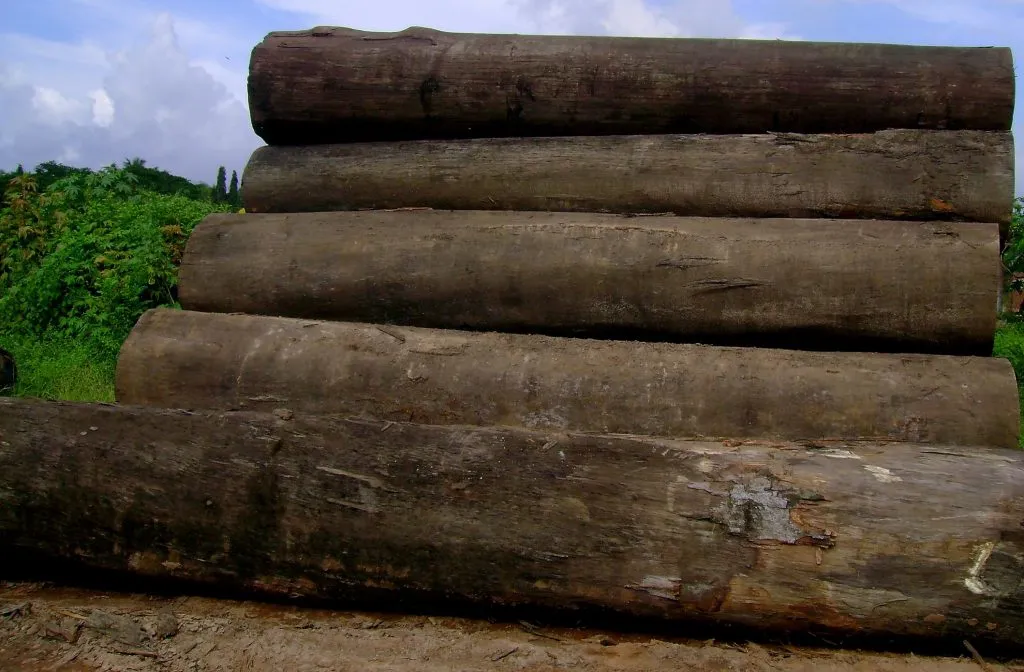
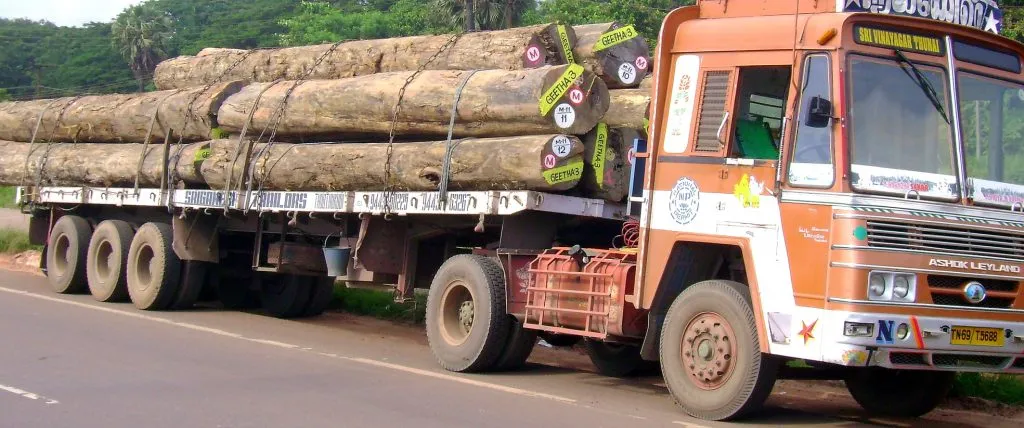
First and foremost, we need to work on establishing a global ecological order. The World Bank estimates that the combined value of farmlands, forests, minerals and energy worldwide is more than dollars fort four trillion, of which the developing countries account for dollars twenty-nine trillion. However, the true value of services rendered by the ecosystem in terms of soil retention, hydrological cycles, and pollution has yet to be worked out.
Environmental management is a difficult and complex topic. Economists and scientists are often at loggerheads with respect to the valuations of goods and services that the coffee forests provide. This is because economists tend to dwell towards the short term and environmentalists emphasize the long term. Increased productivity on a sustainable basis will call for extremely disciplined production systems and this discipline will come only when coffee farmers feel that they are getting a fair share of incentives for protecting the resources of the future.
It is not easy to value natural resources. There are many conceptual difficulties and measurement problems, let alone paucity of data. Despite these limitations on accuracy and reliability national resource accounting is worth doing, because it brings forth a new awakening in terms of environmental consciousness for every economic activity undertaken. Such accounting can alter our perception of what kind of development is desirable and in turn the policy choices we make.
REFERENCES:
About Environmental Accounting
Anand T Pereira and Geeta N Pereira. 2009. Shade Grown Ecofriendly Indian Coffee. Volume 0ne. P.552.
Anil Agarwal (Ed). 1990. The Price of forests. Centre for Science and Environment. New Delhi.
Amitabh Kundu and Michael Von Hauff (Eds). 2008. Environmental accounting.-Explorations in Methodology. Manak Publications.Pvt. Ltd.
Anonymous.1999. Nature’s Numbers: Expanding the National Economic Accounts to Include the Environment (National Academy of Sciences Press, 1999).
Anonymous.2001. The value of forest ecosystems.CBD Technical series-4. Convention on Biological diversity.
Anonymous.2005. Millennium Ecosystem Assessment, 2005. Ecosystems and Human Well-being: Synthesis. Island Press, Washington, DC.
Bahuguna, V. 2000. Forests in the economy of the rural poor: an estimation of the dependency level, Ambio, 29, 3, May, 126-129
Balick, M and R.Mendelsohn, 1992. The economic value of traditional medicine from tropical rain forests, Conservation Biology, 6, 128-139.
Batagoda, B., Turner, R., Tinch, R and Brown, K. 2000.Towards Policy Relevant Ecosystem Services and Natural Capital Values, CSERGE Working Paper GEC 2000-06, University of East Anglia and University College London.
Beckerman, W and Pasek, J. 2001.What Price Posterity? Environmental Ethics for a New Millennium, Oxford: Oxford University Press.
Brown, J and Pearce, D.W. 1994. The economic value of carbon storage in tropical forests, in J.Weiss (Ed), The Economics of Project Appraisal and the Environment, Cheltenham: Edward Elgar, 102-23.
Brown, K and Pearce, D.W. 1994. The Causes of Tropical Deforestation, London: University College London Press.
Clarkson, R. 2000. Estimating the Social Cost of Carbon Emissions, London: Department of the Environment, Transport and the Regions.
Dewan, M.L.1995. Towards A Sustainable Society.-Perceptions. Clarion Books.
Kant, S., Nautiyal, J and R.Berry, 1996. Forests and economic welfare. Journal of Economic Studies, 23(2), 31-43.
Miller, K and Tangley, L. 1991. Trees of Life: Saving Tropical Forests and their Biological Wealth, Boston: Beacon Press.
Heywood, V. 2001. Biodiversity and ecosystem functioning: basic principles, in V.Heywood (Ed), Global Biodiversity Assessment, Cambridge: Cambridge University Press, 275-325
Yaron, G. 2001. Forest, plantation crops or small-scale agriculture? An economic analysis of alternative land use options in the Mount Cameroun area, Journal of Environmental Planning and Management, 44 (1), 85- 108.